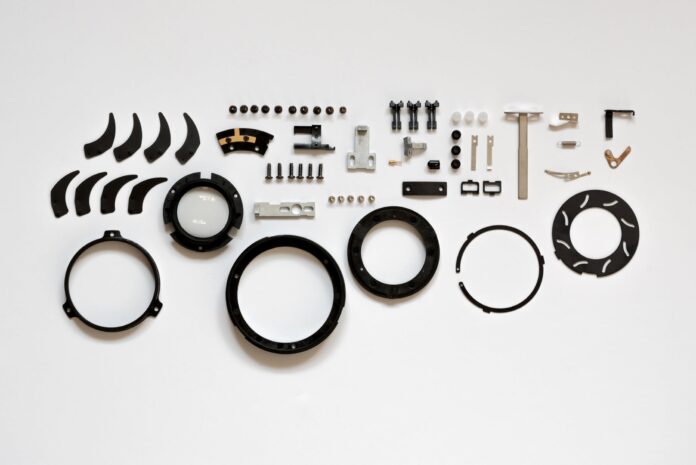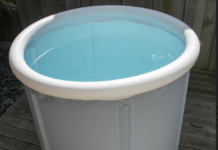If you want your car to stay in tip-top shape, then you should always bring it in for routine maintenance and repairs. Sometimes, this involves parts replacement. After all, even the most durable vehicles are bound to need replacement parts in their lifetime.
Indeed, while some car parts last longer than others, they will still eventually wear down, become damaged, or break completely. When this happens, it’s highly recommended to choose OEM auto parts rather than aftermarket parts.
Why? That’s because OEM parts, or original equipment manufacturer parts, offer plenty of advantages that can result in efficiency and cost savings. Here are just a few:
OEM Parts Have Consistent Quality
One of the reasons why a lot of car owners prefer aftermarket parts is that they’re so much cheaper than OEM. This is especially true for popular car brands such as Toyota and Honda.
However, aftermarket auto parts are often lower in quality, as they’re not made by the original manufacturer.. If you happen to purchase substandard products that don’t work, you’ll end up spending more money on further repairs and replacements.
With OEM auto parts, you don’t have to worry. You can expect consistent quality because they’re made by the same company that made your car.
Take note that there are high-quality aftermarket parts, but they can be at almost the same price point as OEMs. In this case, it’s better to just shell out the extra money in exchange for your peace of mind.
OEM Parts Perform Better
Because they’re made by the same company that built your car, they undergo strict performance testing. . From handling feel to fuel consumption, there will be no change at all from what you’ve been used to.
Aftermarket parts are also checked for quality, but it’s likely that it’s not as rigorous as the ones for OEM—after all, top car manufacturers have a reputation to protect.
Aside from mechanical components like the steering and suspension systems, you’ll also be better off buying OEM body components. These include your car’s bumpers, grilles, and fenders. They’re not only more structurally sound, they’re also guaranteed to fit better and match your vehicle’s aesthetics.
OEM Parts Are Guaranteed to Fit
Another benefit of using OEM parts is that they’re 100% compatible with your car. When you install them, you can be sure that they will work as intended.
What’s more, OEM parts are guaranteed to fit down to the last millimetre. Where aftermarket parts might be a tiny bit loose or tight, OEM parts are made to measure.
An exact fit is crucial, particularly for mechanical parts. Even the slightest deviation can cause poor performance, which can lead to accidents and extra costs.
OEM Parts Are Long-Lasting
If you want to save money on car maintenance and repairs, choose OEM parts. They may cost more up front, but you won’t be stuck having to constantly repair or replace a cheap aftermarket alternative.
Another benefit of OEM parts is that because they fit perfectly, they won’t cause excessive or unnecessary friction. This contributes to their longevity and minimises the wear-and-tear on nearby or adjacent parts.
Ultimately, using OEM parts results in more cost savings.
OEM Parts Have Warranty
When you buy OEM components for your car, part of the cost you pay for is the manufacturer’s warranty. Often, the full price also covers labour warranty. If anything goes wrong within the specified warranty period, you can have the components replaced free of charge.
It’s possible to find aftermarket parts with a warranty, although they can be rare. The warranty coverage and period may also not be as extensive.
OEM Parts Come With Better After-Sales Support
In relation to the warranty, OEM auto parts also come with top-notch customer support services. Your car’s manufacturer has a wide network, ranging from licenced mechanics to authorised suppliers. If you need help or have questions, you can rest assured that there will be someone to assist you.
This level of customer service may not be as common with aftermarket parts. While the suppliers may be knowledgeable about the equipment, they may not have the same level of expertise as the ones who actually made the component.
In the end, the choice between OEM and aftermarket parts boils down to two major factors: availability and cost. If you need a component urgently but only an aftermarket version is available at the moment, then you may have to make that purchase.
However, all things considered, opt for OEM parts if available. They’re better for your car, your wallet, and your peace of mind.



